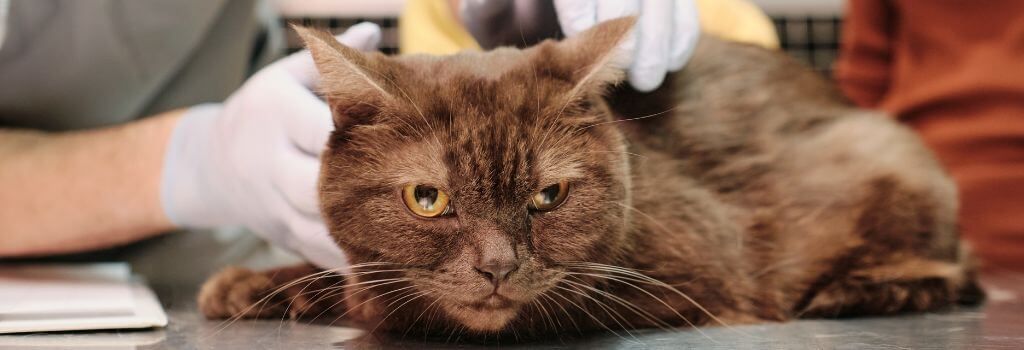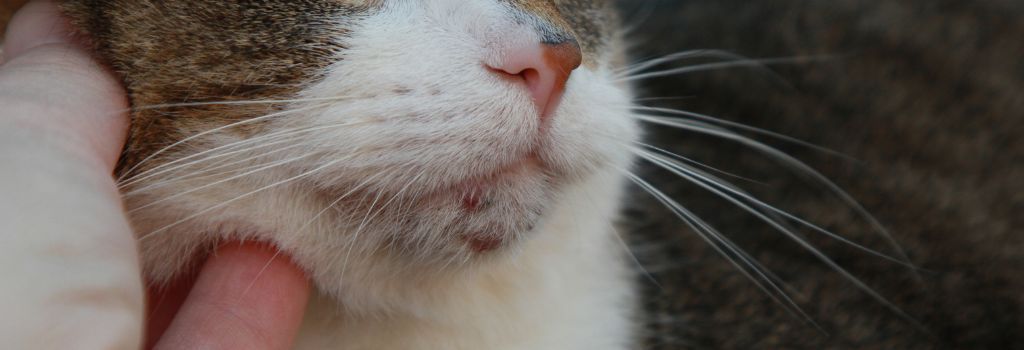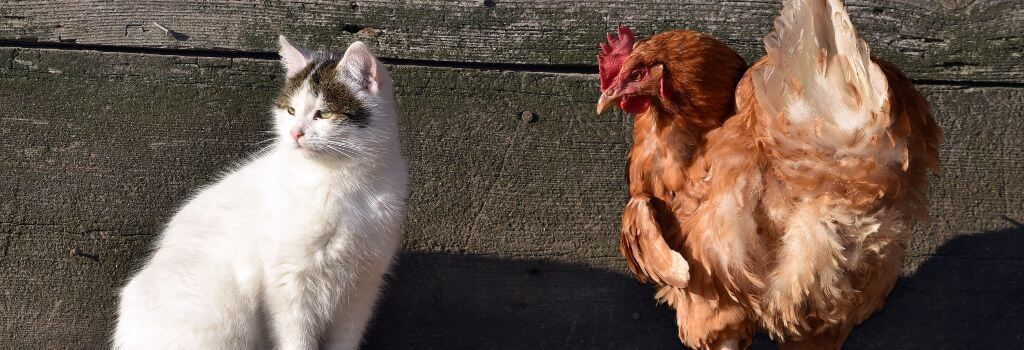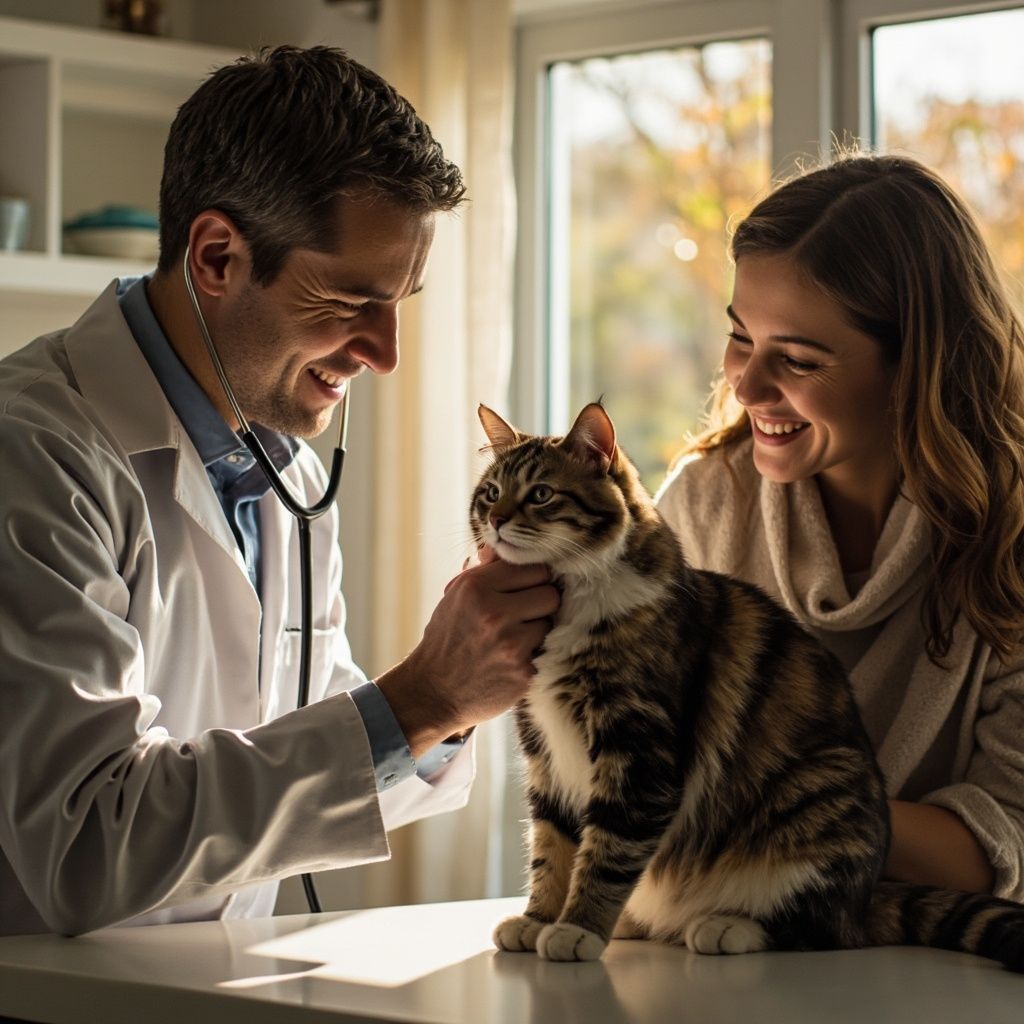Itch Itch Go Away: A Dog Dermatology Discussion
Itching, otherwise known as pruritus, is more common than ever, but why? As a pet owner, the occasional itch is not something you necessarily have to worry about. When it becomes obsessive, recurrent, or disruptive to you and your pet, worry begins. Intense itching creates concern about your pet damaging their skin barrier and being extremely uncomfortable.
Skin cells work like a brick wall to keep out bacteria and yeast. Your dog or cat's rough tongue, sharp nails, or corn cobbing teeth break down the barrier letting microorganisms colonize the skin and create active infection. Skin infection is known as pyoderma. When skin infection sets in, we can see red irritated skin, raised bumps, scabbing, flaking, and compounding irritation and pain.
The Elusive Dog Itch
What leads to this itch? Certainly pets can enjoy ear and belly rubs just like a person appreciates a massage, but there are lots of factors that propel a normal habit into a health concern. Contributing factors include environmental allergens, food sensitivities , parasites , irritating soaps and detergents, and skin and ear infections. Everyone gets itchy sometimes, but when it is obsessive and repetitive, an assessment with a veterinarian should be completed to address the contributing factors.
In dogs and cats, the primary organ affected by allergies is the skin, unlike in humans, where the respiratory system is most impacted. This means that when pets are exposed to allergens such as pollen, grass, trees, molds, dust mites, and dander, they often exhibit symptoms like itchy paws, ears, and rear ends. These symptoms occur because the immune system overreacts to these allergens, leading to an inflammatory response. To accurately diagnose and treat these allergies, various testing options are available, with the most precise and conclusive testing conducted by veterinary dermatologists. These specialists focus on identifying and managing skin, nail, and hair disorders that are often influenced by allergic reactions.

Flea Allergy Dermatitis Irritation
Consider how reactive humans are to one fly buzzing by or landing on our skin. When fleas or other ectoparasites live on our pets, there are more than one, maybe hundreds. How itchy would we be? Can you imagine having bugs crawl all over your body and not being able to get them off? No wonder they chew themselves like a corn cob. They are miserable. That is what a pet who is not on preventive medications can experience once a flea infestation sets in.
With flea infestations in dogs , we will see hair loss near the base of the tail as well as scabbing, redness, irritation, and flaking skin that can extend over the entire body. Flea infestations in cats are similar, but often you may not find a live flea or flea dirt. Their excessive grooming removes this evidence making diagnosis in cats even more tricky. Flea Allergy Dermatitis (FAD) is the allergic reaction to a protein in the saliva of fleas which precipitates the itch. Did you know if your pet has a flea allergy, one bite can set them off for days of itchiness?
The best way to prevent FAD is to use prescription flea and tick preventive prescribed by your veterinarian. The quick kill of ectoparasites with prescription products reduces the exposure time to the saliva. Indoor only pets are not immune to exposure to fleas. Fleas are happy to catch a ride on people, pets, and other objects coming into your home. Only people are to blame when an indoor only pet is stricken with Flea Allergy Dermatitis.
Infection Ensues
When a pet experiences itching, it can compromise their protective skin barrier, paving the way for secondary skin infections. At this stage, simply addressing the itch with medication is insufficient; your pet will require antibiotics or antifungals. Incorporating a skin cytology as part of the diagnostic process is imperative. Identifying the specific organism causing the infection enables your veterinarian to prescribe the appropriate medication to effectively manage the infection.
Misuse or overuse of antibiotics can lead to dangerous bacterial resistance. A previous bacterial infection doesn't rule out the possibility of a yeast infection this time, skin infections can change, and so can the culprit! Only through cytology can these microscopic differences be accurately identified.
Itching destroys a pet's protective skin barrier allowing a secondary skin infection to develop. At this point, medication for the itch will not resolve your pet's suffering; they need an antibiotic or antifungal. The importance of a skin cytology as part of a diagnostic workup cannot be understated. Knowing the type of organism causing the infection allows your veterinarian to prescribe appropriate medications to control the infection portion of this disease process. Repeated or inappropriate use of antibiotics can lead to dangerous bacterial resistance. Just because there was a previous bacterial infection does not mean it isn't a yeast infection this time. Cytology is the only way to determine this microscopic difference.

Stop the Itch!
Let's talk about solutions for this itchy situation. Historically our pets have been limited to steroids. This treatment comes with serious side effects and potential complications because it blanketly suppresses the immune system.
Research regarding an itch signaling protein called IL-31 lead to the creation of Cytopoint and Apoquel. These medications specifically target the itching cascade by limiting its ability to signal a dog to itch.
- Apoquel is a daily oral option that guards the cell receptors to prevent the transmission of the signal. It provides relief to your pet within hours of administration, but it is only active for just shy of a day. These tablets even come in a chewable flavored option designed not to trigger food-sensitive patients.
- Cytopoint is a monoclonal antibody that attaches to circulating IL-31 so it cannot bind to the receptor. It must be administered as a subcutaneous injection by a veterinary professional every four weeks to start. Since the antibodies must spread out to find the IL-31, it can take a few days to eliminate the itch. Depending on the severity of your dog's allergies, the interval between injections may increase with time.
Both therapies may require an increase in dose frequency when more allergens stimulate the immune response. Our feline counterparts currently do not have as many options for allergies , but medications are currently in development. Hopefully, we will see more allergy medication options for cats in the years to come.
Itch, Itch Go Away!
Itchy skin and other dermatological issues can really affect your pet’s comfort and quality of life. By recognizing signs of allergies and infections early and seeking timely veterinary care, you can help keep your dog feeling their best.
Don't forget the basics like regular grooming, proper hygiene, and thoroughly drying your dog after baths or swims. If you notice persistent skin issues, making an appointment with your veterinarian will provide accurate diagnoses and targeted treatments. Taking these proactive steps will not only prevent skin problems but also help them to be happy and healthy. After all, a comfortable dog is a happy dog!
If you have questions and you'd like to reach out to us, you can call us directly at (859) 625-5678 , or you can email us at aacrichmond@yahoo.com. Don't forget to follow us on social media Facebook , Instagram.
Recent Posts










